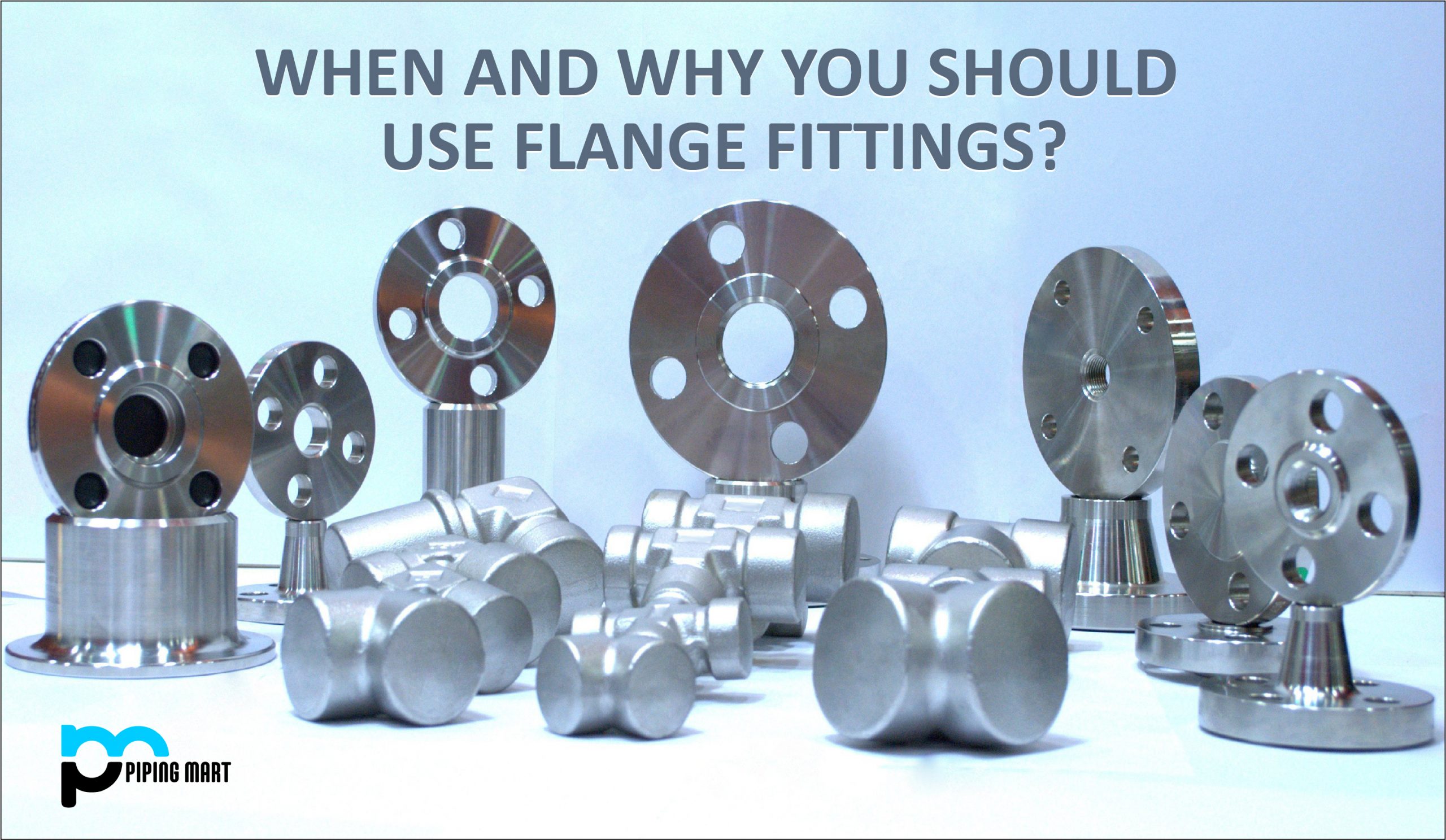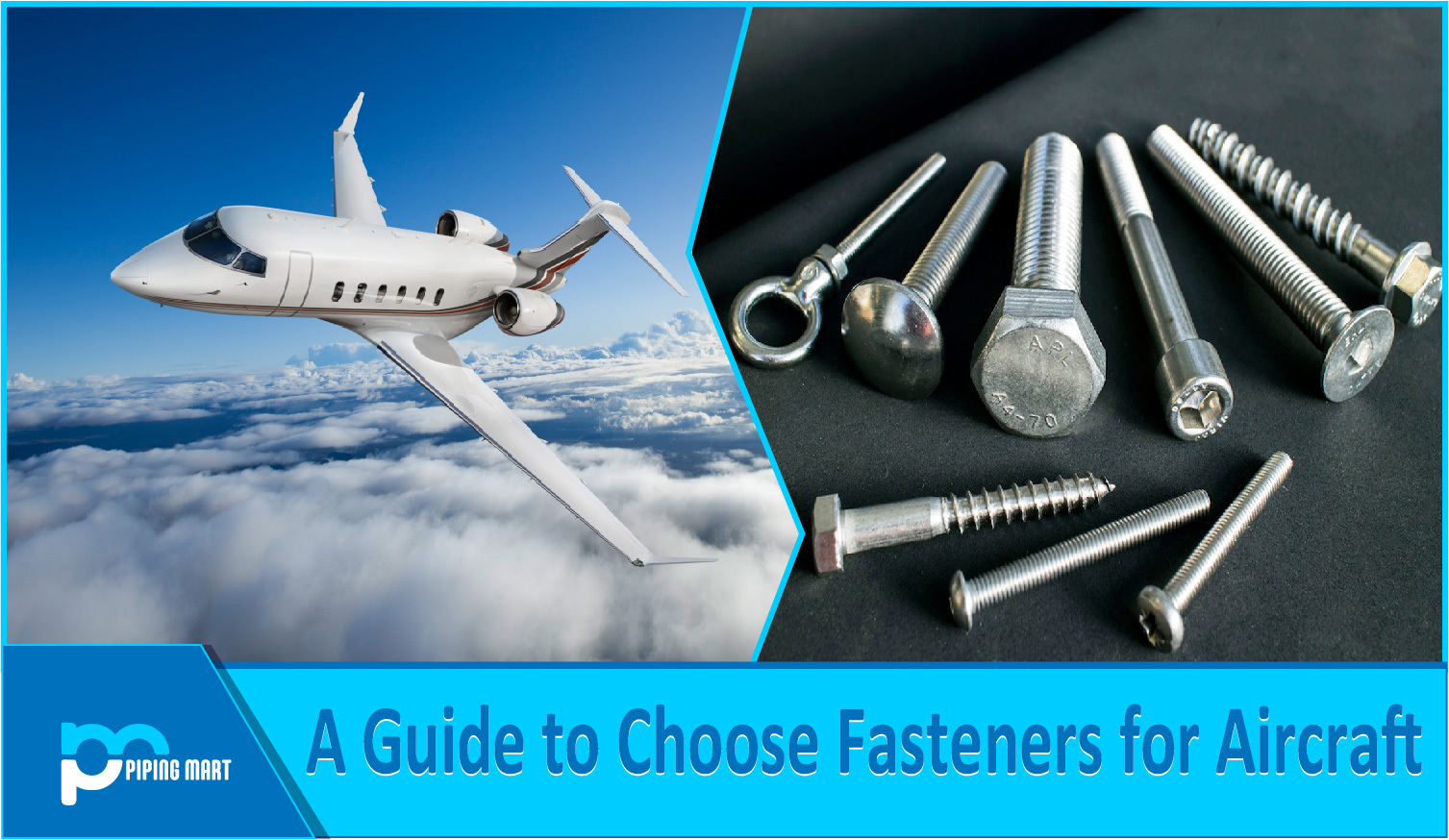Flange fittings are the parts that are used to connect pipe sections with other fluid control equipment such as pumps and valves to form pipelines. The word “fittings” are usually related to those that are useful for plastic and metal pipes conveying fluids. Other pipe fittings, on the other hand, assist in connecting pipes for handrails and other architectural components when a leak-proof connection is not required. You may be more familiar with those in your daily life.
ABOUT FLANGE FITTINGS
Mechanically connected, threaded, welded, and chemically adhered flange fittings are all options (to name the most common mechanisms depending on the pipe material). There has been some variance in the words used to describe tubing, tubes, and pipes. As a result, the phrase “pipe fittings” will appear in tubing specifications from time to time. Pipe fittings, like tube fittings, are connected using soldering techniques rather than regular welds. Few methods overlap, such as compression fittings, although while they are commonly used to join tubing or tubes, their application in pipe connections is limited.
USE OF ALTERNATE FLANGE FITTINGS IN OTHER INDUSTRIES
The fluid power sector is switching to elastomeric O-ring seal connections. It assists in the reduction of leaks. These fittings include threaded face seals, ISO 6149, SAE J518, flange fittings, and flanges (Code 62 and Code 61) with fluid-compatible O-ring seals.
When connecting tube-to-tube, a captive flange is commonly useful (or hose or pipe). Captive flange fittings slide over flared tubes and provide a strong connection to the mating flange or other parts. Captive flanges are typically used in conjunction with MJ-Flange straight fittings. There is enough space to slip over the fittings and seat on the flange head. Split flanges are useful when using 90 or 45-degree flange fittings.
BENEFITS OF FLANGE FITTINGS
Even though flange fittings and flanges are the only options in some cases, flanges provide benefits to the pipe system that standard hydraulic fitting types do not. For example, inside the ones with larger OD applications, flanges can connect to the pipe and component ports quite easily as compared to adapters or threaded fittings. Most significantly, flanged connectors are ideal for the following high-pressure applications on construction equipment:
- Simple installation in tight spaces where traditional flange fittings may not be able to be inserted by wrenches. They are easier to install with moderate torque.
- These are difficult-to-reach locations that need flexibility. It must, for example, eliminate the requirement for pipe or hose lines, adapters in the tube, and so on.
- Pipe, tube, or extended hose connections that are subjected to high pressure, vibration, impact, and pressure surges may more rapidly destroy the standard large hydraulic fitting.
- It creates connections in rigid lines, such as continuous metal tubes and pipes that allow for easy maintenance.
- This reduces the possibility of parts becoming loose in high-pressure applications.
WHEN TO USE FLANGE FITTING?
High-pressure settings allow for simpler installation using flange connections of this greater size rather than overusing the large fittings. Furthermore, the flange fittings offer zero-clearance installation, simple disassembly, and reassembly, and are suitable for maintaining pipe, tube, and hose connections. As a result, instead of achieving the proper torque of a large fitting, it may be much quicker and allow for more precise torque of the bolts.
CONCLUSION
With the correct weight distribution of clamping around the flange head, flange fitting connections are significantly less likely to be loosened than normal hydraulic fittings. On the other hand, flange connections are the best alternative for hose-end connections with bends. This is because they are exposed to extremely high lateral pressures that are dangerous and can cause assembly loosening.

Pipingmart is B2B portal specializes in industrial, metal and piping products. Also, share latest information and news related to products, materials and different types grades to help business dealing in this industry.




